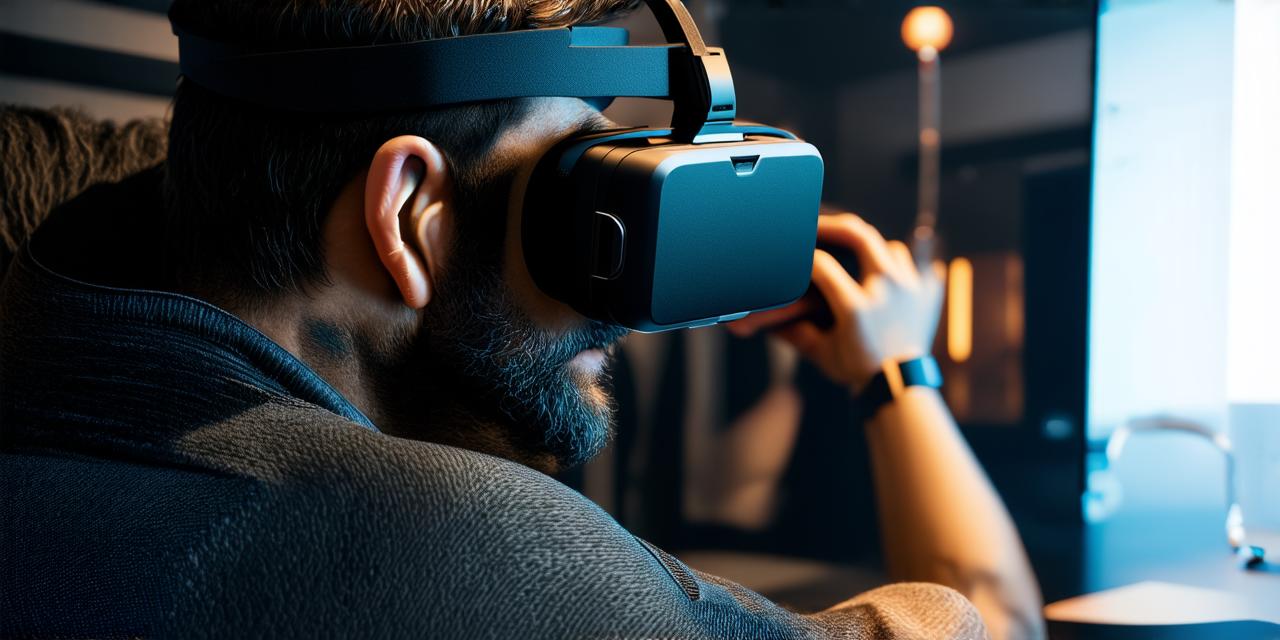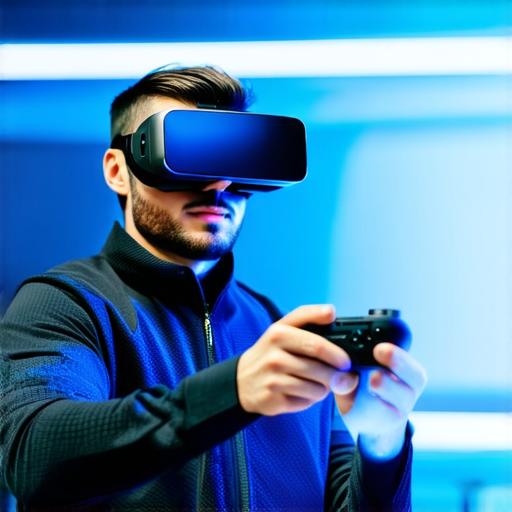
How to use a virtual reality headset
What is a Virtual Reality Headset?
A virtual reality headset is a piece of technology that allows you to enter a digital environment and experience it as if you were physically present. This immersive technology uses sensors and computer algorithms to track your movements and adjust the environment around you in real-time, creating a highly realistic and engaging experience. Some popular VR headsets include the Oculus Quest 2, HTC Vive, and PlayStation VR.
Getting Started with Your Virtual Reality Headset
Before diving into the world of virtual reality, it’s important to familiarize yourself with your headset and its controls. Most VR headsets come with a handheld remote control that allows you to interact with the virtual environment, as well as a head-mounted display (HMD) that tracks your movements and displays the digital world around you.
Once you’ve set up your VR headset, you’ll need to download the appropriate software and games or applications for your device. This can be done through the headset’s manufacturer website or through a dedicated VR store, such as the Oculus Store or Steam.
Optimizing Your Virtual Reality Experience
To get the most out of your virtual reality experience, it’s important to optimize your settings and environment for maximum performance and comfort. Here are some tips to help you do just that:
- Adjust the headset’s resolution and refresh rate to match your computer’s capabilities. Higher resolutions and refresh rates will provide a smoother and more immersive experience, but may require a more powerful machine.
- Experiment with different tracking settings to find the one that works best for you. Some VR headsets use inside-out tracking, while others use outside-in tracking. Inside-out tracking is generally faster and more accurate, but may not work as well in low-light environments.
- Adjust the headset’s IPD (interpupillary distance) to match your eyes. This will help prevent eye strain and discomfort during prolonged use.
- Use noise-canceling headphones or earplugs to block out outside distractions and enhance the immersion of your virtual reality experience.

Troubleshooting Common VR Issues
While virtual reality technology is generally reliable, there are some common issues that developers may encounter during use. Here are a few tips for troubleshooting these problems:
- If your headset is not tracking correctly, try adjusting the tracking settings or re-calibrating the sensors.
- If you’re experiencing motion sickness, try reducing the refresh rate or adjusting the IPD to match your eyes.
- If the audio is not synced with the visuals, try resetting the headset or updating the software.
- If the headset is not connecting to your computer or other devices, try troubleshooting the connection settings or restarting the devices.
Conclusion
Virtual reality technology has come a long way in recent years, and there’s no doubt that it will continue to evolve in the years to come. Whether you’re a developer looking to create immersive experiences or an enthusiast looking to explore new worlds, using a virtual reality headset can be an incredibly rewarding experience.


